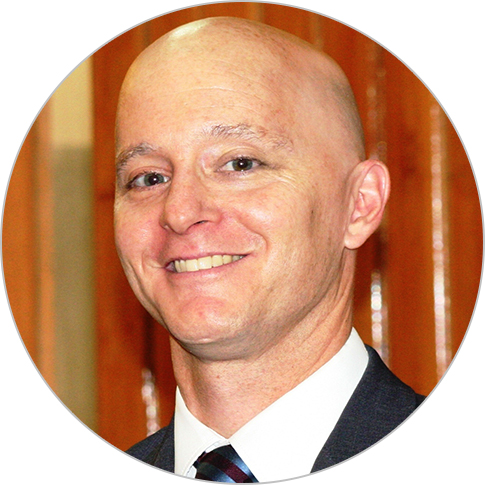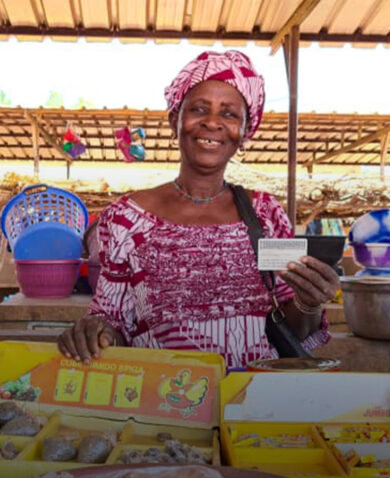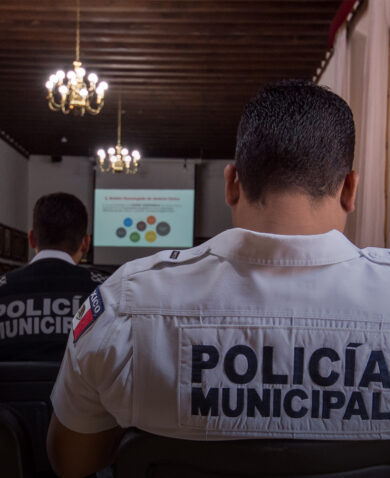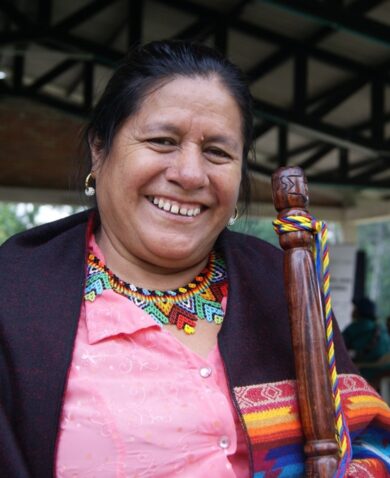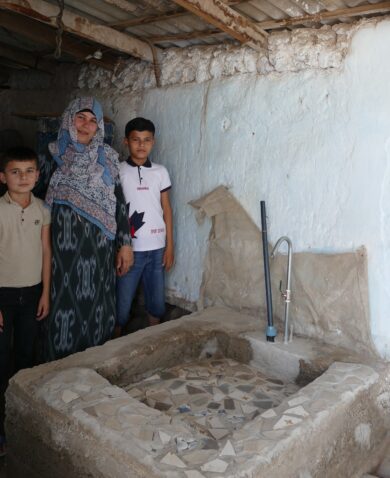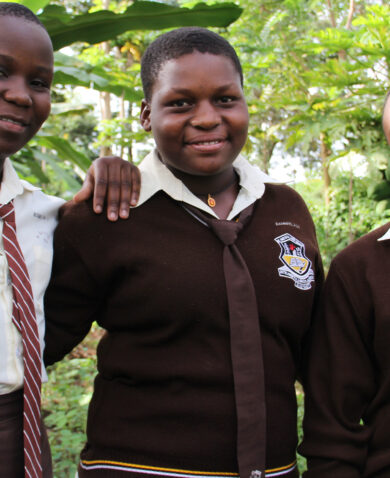
3 Questions with Todd Diamond on Countering Violent Extremism and Preventing Gang Violence
September 16, 2019 | 3 Minute ReadViolent extremism and gang violence are often rooted in similar problems. What approaches work best to counter both forms of violence?
This post was adapted from an interview between Elisabeth Dallas, Chemonics’ Peace, Stability and Transition Practice director, and Todd Diamond, a conflict, stability, and security director in Chemonics’ U.K. Division. For the full interview, watch the video below.
How are violent extremism and gang violence — and the development community’s approaches to them — similar? What can we learn from those similarities?
A significant outcome of both these forms of violence is indiscriminate inequity, instability, and insecurity wherever they are, whether it’s in Latin America or in the Middle East and North Africa. These types of violence primarily target the underserved such as young people, women, and children, and people who just aren’t benefitting from society and do not see a reason to give it legitimacy. Gangs and extremist groups specifically target these populations, and the result is that income inequality gaps exacerbate and continue to expand, worsening stability and social trust. And this type of violence prevents the success of some basic development programs — such as poverty alleviation, education, and healthcare programs — that are trying to support these vulnerable groups.
In addition, we see similarities in how violent extremism and gang violence are handled. From a law enforcement perspective, the main approach — whether it’s police officers in some contexts or the armed forces in some countries — is to target the people seen as the primary extremists or the gang leaders. This approach believes cutting the top off is going to solve the problem. On the other hand, the development approach generally tries to provide social services to communities, writ large. The idea behind this approach is that if we just address the needs of the community, then we’ll also alleviate the push factors that enable extremists or gangs to recruit individuals. Unfortunately, these two approaches — law enforcement on one hand and social service delivery on the other — often don’t work well enough together to address what I think is one of the main contributors to solving the problem: strengthening the legitimacy of the state.
When the state is weak and the institutions are weak, there’s going to be a power vacuum that is going to be filled most likely by non-state actors, and in these cases, by extremists or gang leaders. So, our programs have to address that sort of power vacuum.
How do we go about strengthening the legitimacy of the state?
Any efforts in countering violent extremism (CVE) or preventing gang violence (PGV) need to involve the community in the program design and implementation. The places where we’ve had success — in Iraq, Afghanistan, Syria, Mexico, and Central America — regardless of what the actual drivers are, when you reach out and design pilot initiatives or any sort of activities you’ve got to include the local leaders, whether they’re teachers, clergymen, local elected officials, or community police officers. And you should not only include them for their buy-in and their understanding of the efforts, but also make sure that community members see these leaders as the sources of the programming, empowering these leaders as the face of the legitimacy of the state and that local community.
What are some of the new and innovative alternative approaches that have been applied in CVE and PGV and that strengthen the legitimacy of the state?
What makes efforts innovative is using basic principles and approaches in places where it might not be intuitive to do so. In Syria, for example, with United States Government funding, we’ve done a lot of work with remedial education and psychosocial support for children who’ve been affected by war there. And it’s very easy for an international actor to come in and try to provide those services, but we’ve done it through the local councils. Basically, empowering those organizations to say, “As legitimate members and representatives of the state in non-regime-held areas, we are responding to you the community and providing that remedial education and providing psychosocial support to help the community heal and help the community learn.”
In addition, the role of social behavior change communication is important. When people’s individual needs aren’t being met, they often default to a group identity. We should not target group identity but instead address individuals’ needs and how to improve their livelihoods. You have to respond to behaviors and the actions taking place. When you approach individuals based on their identity group, you move away from the behavior and attitudinal change, and that’s counterproductive. If we target identity, especially in the name of the state, that’s just going to provoke more problems rather than address the problems that we’re trying to stop. Focusing on changing behaviors and attitudes on an individual level can go a long way towards CVE and PGV.
The Center for Strategic and International Studies offers more on international development’s role in countering violent extremism in its recent anthology.
Posts on the blog represent the views of the authors and do not necessarily represent the views of Chemonics.

